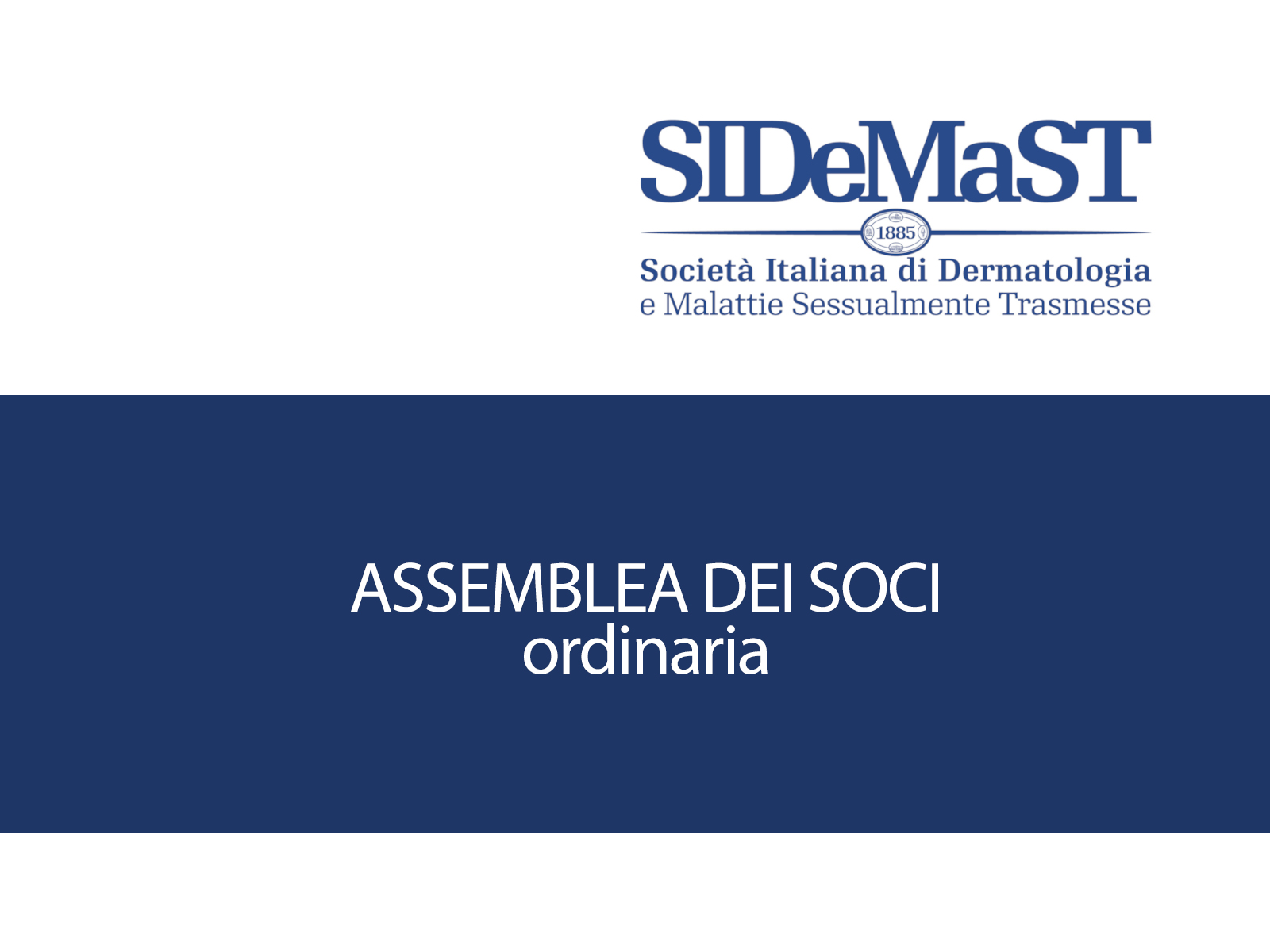The topical medicine pimecrolimus to treat atopic dermatitis (AD) in children appears unlikely to be associated with increased of risk of cancer based on how it was used in group of children followed for 10 years, according to a study published online by JAMA Dermatology.
In 2002, the US Food and Drug Administration (FDA) and the European Medicines Agency (EMA) approved pimecrolimus to treat eczema in children aged at least 2 years. A Black Box Warning described the potential risk of malignancy associated with the topical use of pimecrolimus, a topical calcineurin inhibitor (TCIs).
The Pediatric Eczema Elective Registry (PEER) study was started in 2004 as part of the post-marketing commitments for the approval of pimecrolimus.
David J. Margolis, MD, University of Pennsylvania, Philadelphia, Pennsylvania, and colleagues analysed data through May 2014 to evaluate the risk of cancer by comparing expected rates from the Surveillance, Epidemiology and End Results (SEER) program.
Overall, the PEER study enrolled 7,457 children (26,792 person-years) and the children used an average of 793 grams of pimecrolimus when enrolled in the study.
As of May 2014, 5 malignancies were reported: 2 leukaemias, 1 osteosarcoma, and 2 lymphomas. No skin cancers were reported.
None of the findings regarding incidence (risk) of the disease were statistically significant.
"Based on more than 25,000 person-years of follow-up, it seems unlikely that topical pimecrolimus as it was generally used in the PEER cohort to treat AD is associated with an increased risk of malignancy," the authors concluded.
In an accompanying editorial, Jon M. Hanifin, MD, Oregon Health and Science University, Portland, Oregon, wrote: "The study by Margolis and colleagues in this issue of JAMA Dermatology will hopefully help to improve the management of AD, countering the concerns raised by FDA warnings. The positive and optimistic report of pimecrolimus post-marketing surveillance by Margolis et al should help reduce the physician and pharmacist concerns that have restricted the use of these effective topical alternatives to corticosteroids. The interim results should help bring relief to a larger segment of the many young individuals with AD."







